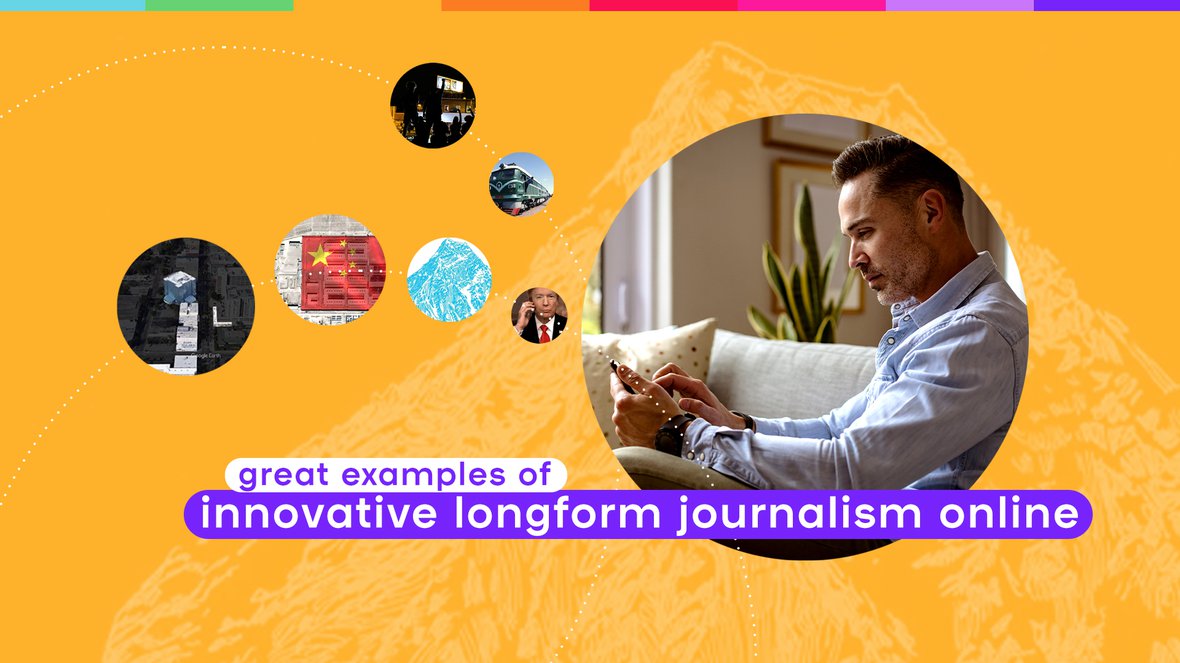Emily Chow, during her tenure as graphics editor at The Washington Post, saw the efficacy of this first hand. An article which she and her team worked on was presented in chapter form, incorporating an array of audio clips, interesting graphics as well as having – at its very core – a thoroughly compelling narrative. When published, the team was amazed to find that it was attracting an average attention time of between 15 and 18 minutes. That’s extraordinary, but of course, so was the article.
Handle digital publishing with care
The thing with utilising multimedia is that it must be done judiciously. Not every story needs a graphic accompaniment. Some may be suited much more to static graphics, others to a more interactive storytelling form. Says Emily, “sometimes it’s just about taking a really large data set and making it comprehensible and personable. On the other hand, there are also moments where there is an opportunity to create emotion through animation”.
-> Emotion-driven and Context-driven storytelling are two distinct user needs, and we’ve spent the last two years researching the heck out of this. Explore it all here.
That said, there’s no doubt that using multimedia can increase accessibility. Scrolling through a visually compelling article, it’s possible to get a sense of the story without getting into the data sets. Similarly, it’s entirely possible to lose yourself in patterns, numbers and comparisons. “It’s almost like there are different levels of engagement to cater to and understand,” explains Chow, and she’s absolutely right.
Audience engagement counts
When readers are given an interesting subject, a compelling narrative and the opportunity to delve deeper should the urge take, it’s not so surprising to see average attention times like those mentioned above, but even if those readers aren’t spending 15 minutes on a piece, there’s every chance they’re engaged for a more typical, yet still wholly respectable, seven or eight.








